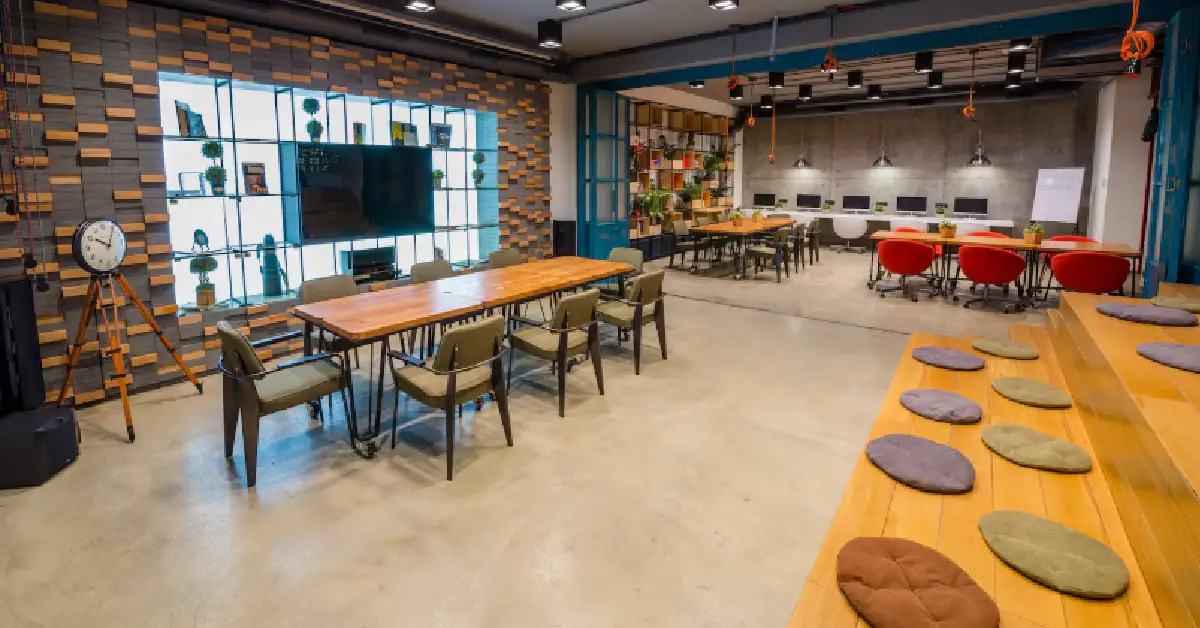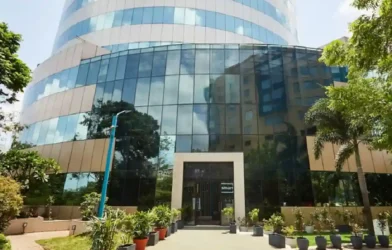Subtotal ₹0.00
India’s office real estate market continued its robust momentum in Q3 2025, recording a 35% year-on-year growth in net absorption, according to Cushman & Wakefield’s latest report. With 16.3 million square feet (msf) absorbed across the top eight cities during the quarter, the figures reflect strong occupier confidence and sustained expansion of office footprints across sectors. Year-to-date net absorption has already reached 44.3 msf — nearly 87% of the total achieved in 2024 — signaling that the market is on course to surpass last year’s record and potentially set a new annual high.
City-level performance further reinforces this momentum. Delhi NCR (3.8 msf) and Bengaluru (3.5 msf) led the quarter, contributing 23% and 21% of total net absorption respectively, driven by strong occupier activity in core submarkets. Mumbai (2.1 msf), Chennai (2.3 msf), and Pune (2.5 msf) also posted robust numbers, with all three cities surpassing their year-to-date (YTD) net absorption levels from the same period last year. Notably, both Pune and Chennai recorded their highest-ever YTD net absorption, reflecting the growing maturity and attractiveness of these markets for global and domestic occupiers alike.
Leasing Activity and Sectoral Trends
Gross Leasing Volume (GLV) stood at 22.6 msf in Q3, a marginal 2.6% decline year-on-year, bringing YTD leasing to 64.2 msf — nearly two-thirds of the record 88 msf transacted in 2024. With one quarter remaining, 2025 is well on track to match or exceed last year’s benchmark.
Gross leasing volume, which factors in all leasing activity in the market, including fresh take-up, open market renewals by corporates as well as pre-leasing, is an indication of overall market activity.
Fresh leasing dominated the quarter, accounting for over 80% of total activity. This marked a 21% quarter-on-quarter increase and a slight year-on-year uptick, indicating continued expansion despite global uncertainties. In terms of cities, Delhi NCR (5.1 msf), Bengaluru (4.5 msf), and Mumbai (4.4 msf) together accounted for over 60% of Q3 leasing, with Delhi NCR recording a six-year high. They were followed by Chennai (2.8 msf), Hyderabad (2.8 msf), Pune (2.0 msf), Kolkata (0.7 msf) and Ahmedabad (0.2 msf).
In Q3 2025, Global Capability Centres (GCCs) contributed 32% of Q3 leasing, marking the second time in 2025 that their quarterly share crossed 30% – a milestone achieved only four times in the past seven years.
In terms of sectoral demand, IT-BPM continued to be the largest contributing industry sector with over 31% share in leasing, followed by Engineering & Manufacturing (18%), and BFSI (14%). Flexible workspace operators continued to remain an important contributor to office leasing from landlords as it accounted for 11% share in leasing.
On the supply side, 14.1 msf of new completions entered the market in Q3, bringing year-to-date completions to ~37 msf. Interestingly, ~80% of this supply was Grade-A+, reflecting occupiers’ growing preference for high-quality, ESG-compliant assets. Bengaluru and Delhi NCR together contributed close to half of the quarter’s new completions, reinforcing their position as leading destinations for premium office space. Strong absorption and controlled supply led to a 53 basis point decline in pan-India vacancy, now at 14.81%, marking nine consecutive quarters of vacancy reduction.
Rental growth was observed across all major cities, supported by healthy demand and premium supply. Mumbai and Hyderabad led with 15–17% year-on-year growth, while Ahmedabad, Delhi NCR, and Chennai posted gains in the 6–10% range.
Anshul Jain, Chief Executive – India, SEA & APAC Office and Retail, Cushman & Wakefield, commented, “India’s office sector continues to demonstrate structural strength. The market is now firmly in an expansionary cycle, with over 80% of Q3 leasing driven by fresh take-up — a clear sign of occupiers growing their footprint, not just renewing space. What’s equally telling is the nature of new supply: nearly 80% of Q3 completions were Grade-A+ assets, underscoring the decisive shift toward premium, future-ready workspaces. This evolution is being powered by long-term fundamentals — from the rise of GCCs and the scaling of start-ups to the resurgence of manufacturing and engineering. Occupiers are making strategic, quality-driven decisions, and India is increasingly being seen as a core market for global operations, not just a cost centre. That’s a structural shift and it’s here to stay.”
Veera Babu, Executive Managing Director, Tenant Representation – India, Cushman & Wakefield, said: “Net absorption is often seen as the real demand for space and this quarter’s numbers show that the momentum in India’s office sector is both widespread and sustained. Cities like Delhi NCR, Pune, and Chennai are setting new benchmarks in leasing and absorption. What’s particularly encouraging is the volume of active deals currently in the pipeline, which suggests that this isn’t a one-off spike but part of a deeper, more structural growth cycle. Demand is coming from a diverse mix of occupiers — from global capability centres and engineering firms to BFSI and flexible workspace operators — and it’s spread across metros and emerging hubs alike. Occupiers are making forward-looking decisions, locking in space early, and prioritising quality. That’s a strong signal of long-term confidence in the Indian office market.”














